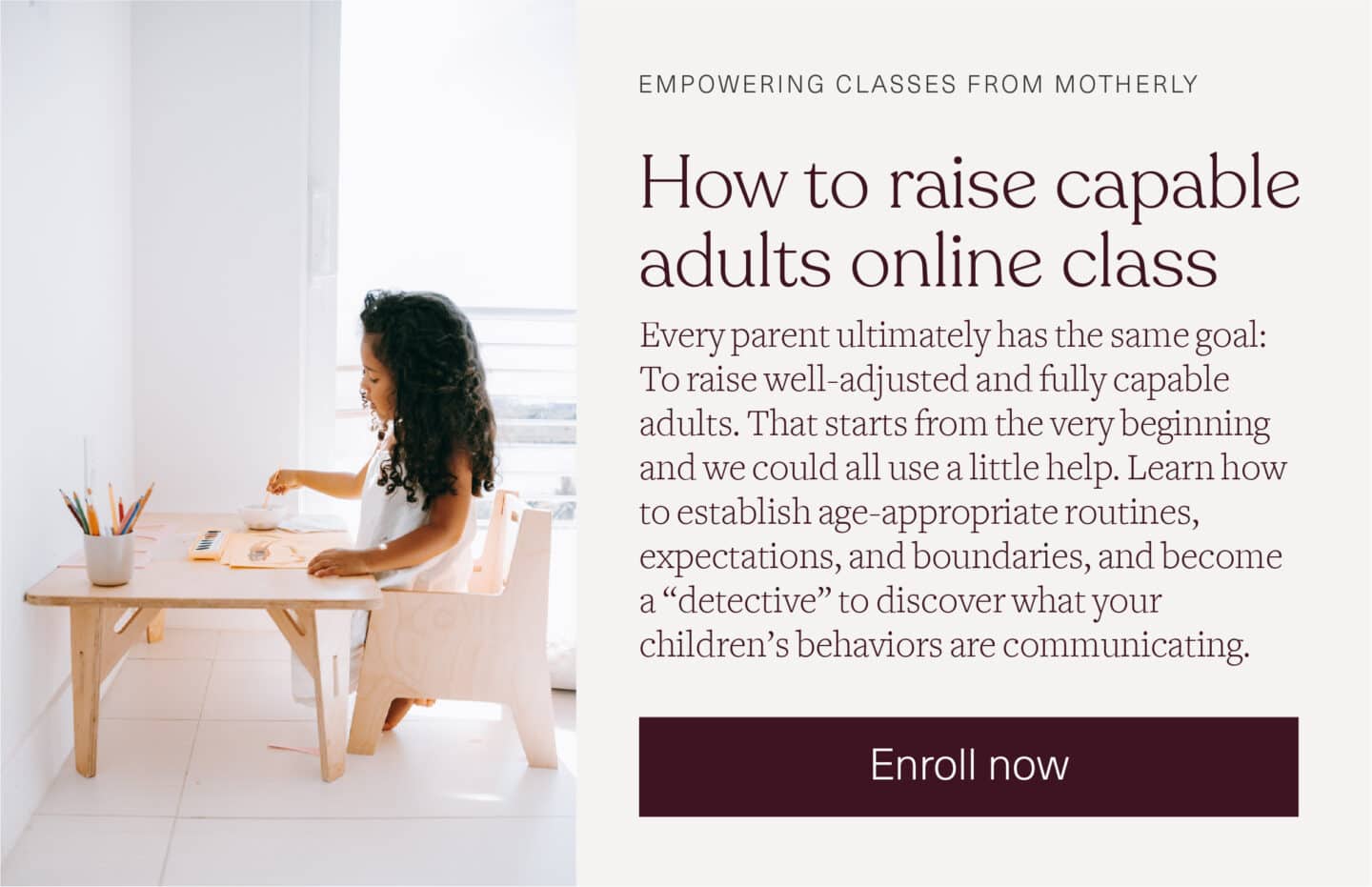Study shows a whopping 91% of children are unable to call 911

Halfpoint Images/Getty
New researchshows 91% of elementary school-age children don't know how or when to call 911.
In 2018, a 7-year-old saved her baby sister’s life after she fell in the family’s backyard pool. She calmly but quickly describes the situation as her mom does CPR on the infant. In 2019, a 9-year-old boy saved his grandfather’s life, a Type 1 Diabetic who had a low blood sugar emergency. He was applauded for knowing how to call 911, resulting in lifesaving care. Numerous more examples exist, with one common thread—cell phones, if young children know how to use them, can save lives.
But a 2021 study from the American Academy of Pediatrics found that 91% of elementary school-age children can’t take the two steps necessary to make this happen: recognize when a situation is an emergency, and call for lifesaving help to describe the problem. The study used a simulation in which an adult begins choking, and a cell phone is on the table nearby. In another room, a dispatcher is ready to receive the call, and to analyze if a child is able to communicate the emergency in a call to 911.

The results have some parents rethinking how thoroughly they’ve taught their children to respond in life-threatening situations. Only half of the kindergarteners and first graders recognized the choking simulation as an emergency. None were able to call 911 successfully. Eighty percent of children in grades 2 and 3 did recognize the emergency, but only 16% ended up being able to actually call and report the emergency to the dispatcher.
Related: This mom went viral for calling 911 because she needed baby formula
One of the obvious and difficult barriers of smartphones, which the study says are used in 80% of 911 calls, is that many are locked with a password, or hard to turn on and navigate for younger children (even ones who are totally able to watch YouTube Kids on there with ease). The researchers point to potentially outdated training in schools that doesn’t account for these barriers as a possible reason children aren’t able to call, along with education that doesn’t involve actual simulations for better practice.
They also note that the numbers of successful calls might be even lower than the study suggests, as the majority of participants had household incomes close to or above the median annual household income in the US, and most parents had a college education—“Therefore, the study population may not represent the full breadth of children from all sociodemographic backgrounds.”
An additional 2022 study, called Kids X Disconnected, examines the lack of access to emergency services, and concludes that 26.6 million kids under 12 have limited or no access to emergency services, for a variety of reasons. The study calls for change in three areas: for parents to start training kids as young as 3, for schools to require emergency training curriculum and create device policies that increase access, and for technology leaders to create new technology with this need in mind.
Related: 988 is the mental health version of 911
This is sometimes easier said than done for parents, especially those required to have a lock code on their phone for work, or for those who prefer it to prevent your toddler from ordering ten new plushies on Amazon. Here are some tips to get started:
- Keep your smartphone in a place where kids can typically find it, such as the same place on the counter when you are home.
- Teach them how to bypass your security code by, for some phones like the iPhone, repeatedly pushing the side button and then sliding the “SOS” bar across to access 911. Or, teach them your passcode and how to get to the phone numbers on the call screen.
- Practice on airplane mode, emphasizing it’s only for real emergencies.
- Teach them what to do next if it’s too hard, like running to a neighbor’s house or calling grandma or another relative.
- Simulate or discuss scenarios that might be considered an emergency to help them recognize them.
- Some providers have a simulation tool to help kids learn, according to Verizon.
- On many phones you can teach your kids to say “Hey Siri, call 9-1-1.”
- Ensure they know their address, their first and last name, and other basics as they are able to do.
Getting started now on these life-saving lessons can save someone’s life, including your own.


































